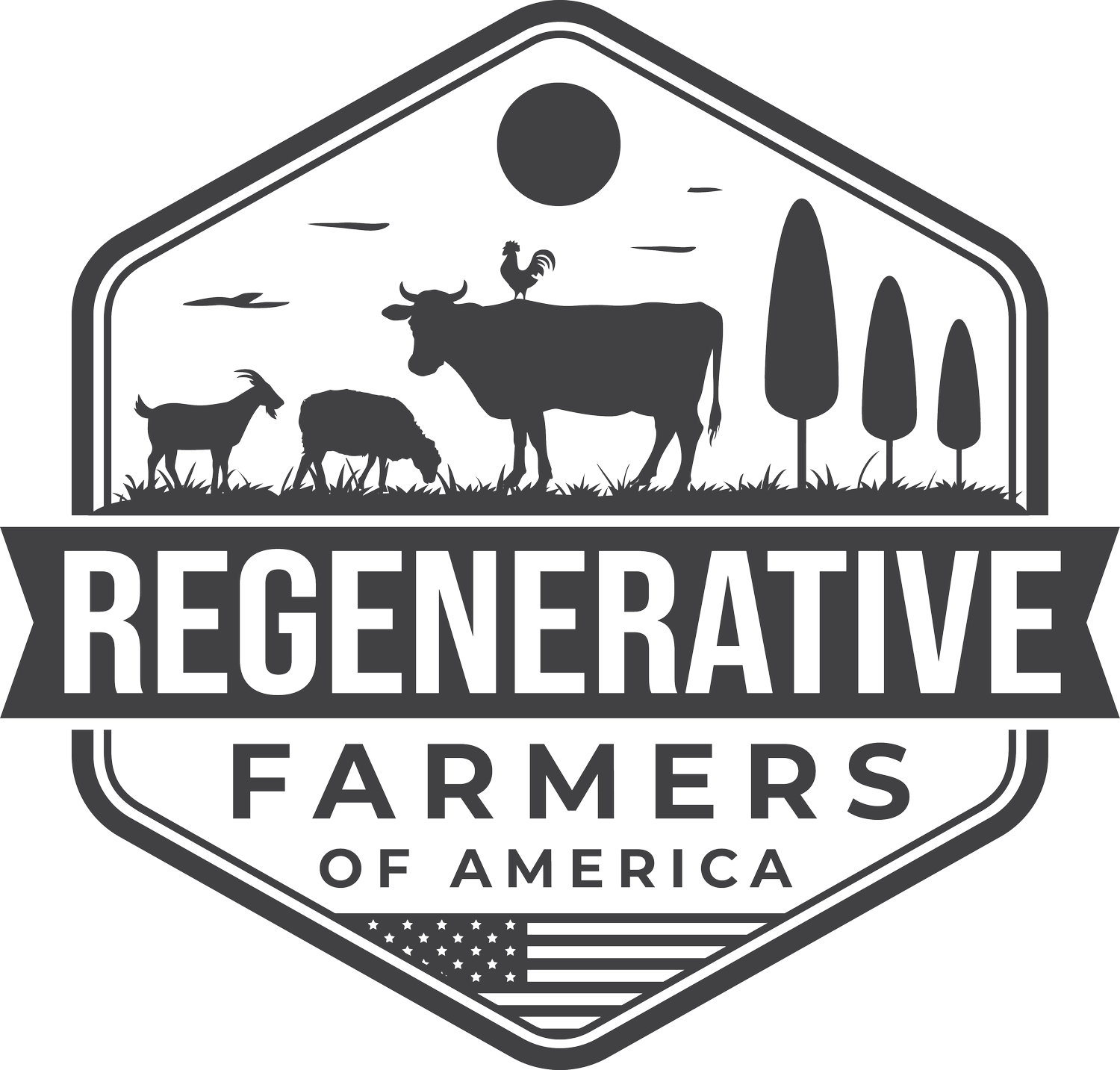Regenerative Agriculture: The Ultimate Diet for a Sustainable and Eco-Friendly Lifestyle
Regenerative Agriculture: The Best Eco Diet
Are you looking for the best diet that supports the environment and your health? If yes, then regenerative agriculture is the answer. Regenerative agriculture prioritizes sustainability and the restoration of soil health and ecosystems, making it the ideal choice for a sustainable and eco-friendly lifestyle. Unlike conventional agriculture which relies on monoculture crops and unsustainable practices, regenerative agriculture focuses on improving soil health, promoting biodiversity, and reducing carbon emissions.
A study published in the journal Nature found that adopting sustainable farming practices, such as no-till farming and the use of cover crops, could reduce global greenhouse gas emissions by up to 15%. In addition to no-till farming and cover cropping, incorporating agroforestry practices can also significantly offset greenhouse gas emissions. According to a study published in the journal Environmental Research Letters, global adoption of agroforestry practices on 50% of agricultural land could offset up to 9.28 gigatons of carbon dioxide equivalent emissions per year by 2050, which is equivalent to taking 2 billion cars off the road.
The Negative Effects of Soy and Corn Vegan Products
Soy and corn are commonly used in vegan products, but their production has several negative impacts on the environment. The cultivation of these crops often involves monoculture farming, which leads to soil erosion, degradation, and reduced biodiversity. Moreover, the production of soy and corn often requires the use of pesticides, fertilizers, and irrigation systems that deplete natural resources and contribute to greenhouse gas emissions. The use of synthetic fertilizers in agriculture contributes to nitrous oxide emissions, which are 300 times more potent than carbon dioxide in terms of their impact on global warming. As a result, the environmental impact of soy and corn-based vegan products can be significant.
Regeneratively Raised Meats and Veggies Have a Negative Carbon Footprint
Contrary to popular belief, raising animals using regenerative agriculture can actually have a negative carbon footprint. Regenerative farmers manage their animals in a way that mimics their natural grazing patterns, leading to improved soil health and carbon sequestration. Moreover, regenerative farmers often feed their animals grass and other locally grown feed instead of soy and corn, which reduces the carbon footprint of meat production. Additionally, regeneratively grown vegetables can also have a negative carbon footprint as they promote soil health, reduce erosion, and sequester carbon.
White Oak Pastures, a regenerative farm in Georgia that raises grass-fed beef and other livestock, has been shown to sequester 3.5 pounds of carbon per pound of beef produced, meaning that the farm has a negative carbon footprint.
The Role of Regenerative Agriculture in Mitigating Climate Change
Regenerative agriculture has the potential to mitigate the effects of climate change by reducing greenhouse gas emissions and sequestering carbon in the soil. Through practices such as cover cropping, crop rotation, and reduced tillage, regenerative agriculture promotes soil health, leading to improved carbon sequestration. Moreover, the integration of livestock in regenerative agriculture systems can also reduce emissions by improving soil quality, reducing the need for synthetic fertilizers and pesticides, and reducing the amount of energy needed for production.
According to a report by the Rodale Institute, organic farming practices, such as the use of compost and cover crops, can sequester significant amounts of carbon in the soil. The report found that if all current cropland in the United States were converted to organic farming, it could sequester enough carbon to offset the emissions of all passenger vehicles in the country.
Choosing Sustainable Plant-Based Options: Prioritizing Soil Health
If you're not interested in eating meat, that's okay - there are plenty of plant-based options available. However, it's still important to pay attention to the source of your food and ensure that it's grown using sustainable and regenerative practices. Look for products from producers that prioritize soil health through practices like no-till farming, organic farming, and the use of compost. By choosing products grown using sustainable practices, you can help reduce the negative impacts of agriculture on the environment and support a more sustainable food system.
Conclusion
In conclusion, regenerative agriculture is the best diet for a sustainable and eco-friendly lifestyle. By supporting soil health, promoting biodiversity, and reducing carbon emissions, regenerative agriculture has the potential to mitigate the negative impacts of conventional agriculture on the environment and human health. Whether you choose to eat meat or not, it's important to support regenerative farmers and choose products that are grown using sustainable and regenerative practices. By doing so, we can build a more sustainable future for ourselves and for the planet.
Visit our map to find a regenerative farmer near you or shop our directory of Regenerative brands that directly support regenerative farming!



